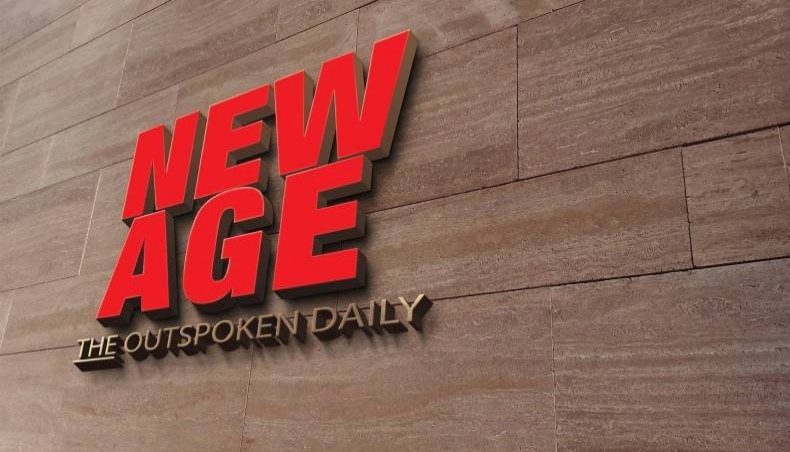

Bangladesh’s economy has gradually been recovering from political instability and a banking loan scam, according to a review by the Metropolitan Chamber of Commerce and Industry.
‘Exports posted robust growth during the period as did the earnings from remittance inflows. The slide experienced by the foreign exchange reserves was halted, and the exchange rate of Bangladeshi Taka against US dollars stabilised, although some volatility in the reserve position continues to persist,’ said the review.


Improved trade and current account balance, along with the overall balance of payments situation, have allowed for some easing of import restrictions.
The economy as a whole has been moving towards macroeconomic stability, according to the MCCI review titled Economic Situation of Bangladesh, conducted for the October-December quarter of the 2024-25 fiscal year.
However, the economy still faces significant challenges, including inflationary pressures, a shortfall in revenue collection, slow public spending, diminished job opportunities, a sluggish investment climate, and the need to rebuild public confidence in the banking system, the review noted.
The Bangladesh Bank has maintained a tight monetary policy stance to curb inflation and stabilise the exchange rate.
The central bank’s efforts, along with positive trends in exports and remittances, are expected to support broader economic recovery in the coming months, the review expressed optimism.
According to the MCCI review, data on the country’s industrial sector for the quarter under review is yet to be available. But the sector registered lower growth of 2.13 per cent in Q1 of FY25, compared to 3.98 per cent in the previous quarter (Q4 of FY24).
Besides, the industry sector’s share in GDP increased by 2.33 per cent to 37.71 per cent in Q1 of FY25 from 35.38 per cent in Q4 of FY24.
According to recently released data from the Bangladesh Bureau of Statistics, the manufacturing sub-sector registered lower growth of 1.43 per cent in Q1 of FY25, compared to 6.45 per cent in the previous quarter (Q4 of FY24).
On the other hand, the share of the manufacturing sub-sector in GDP increased to 25.62 per cent in Q1 of FY25 from 24.26 per cent in Q4 of FY24.
According to Bangladesh Bank data, broad money recorded lower growth of 7.57 per cent in December 2024, compared to 8.60 per cent at the end of December 2023.
December’s growth fell short of the central bank’s target of 8.20 per cent for December 2024, as set in the Monetary Policy Statement for July-December 2024.

